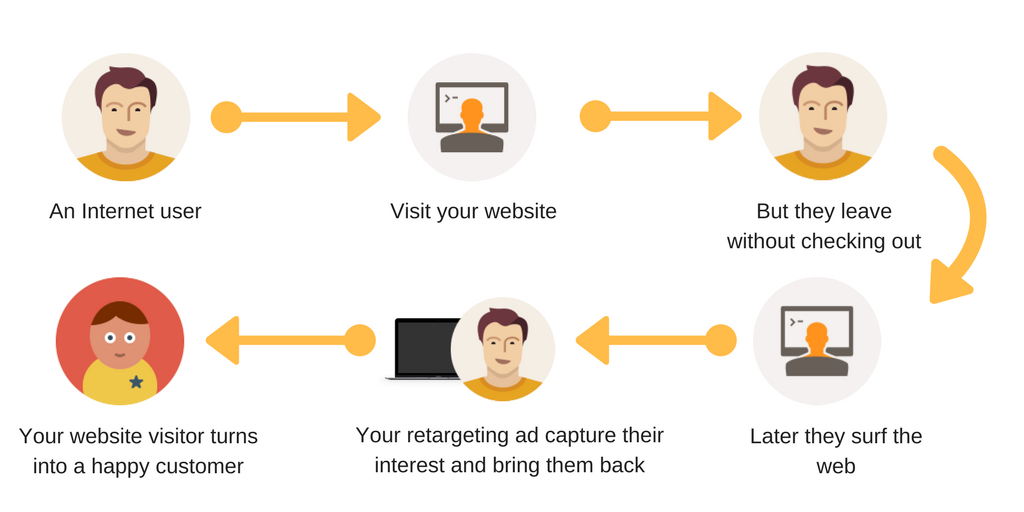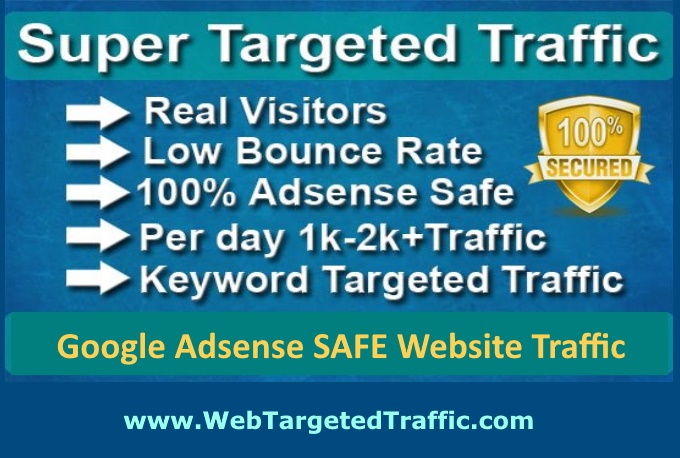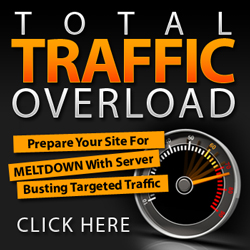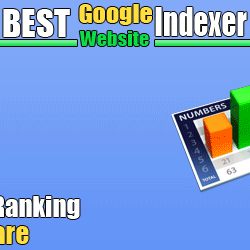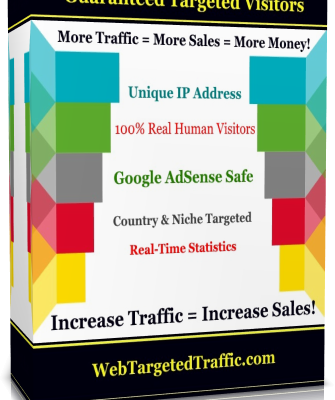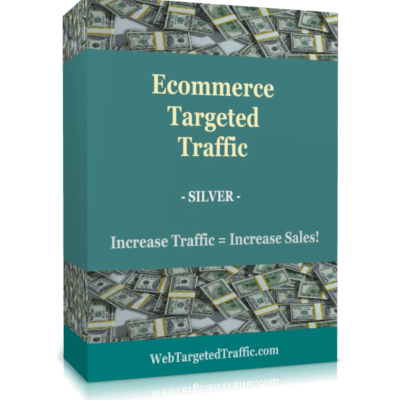Table of Contents
What is retargeting?
Retargeting is an online advertising strategy of showing banner ads to people who previously visited your site, while they visit other sites. However, many advertising services also use retargeting as cost per mille or daily reach, too.
So how does this differ from standard display ads? With retargeting ads, you are only targeting those users who have previously visited your site or a particular web page.
Retargeting campaigns allow you to target specific visitors with specific ads with the goal of convincing them to convert for your offer. These campaigns work because they enable you to show those visitors ads who’ve already expressed an interest in your product. With the help of search engines and social media channels, you can remind them they wanted to solve a problem and why your product offers the best solution.
Less than 2% of website traffic convert on their first visit. This means that 98 visitors out of every 100 will visit your website and leave.
If you’re running paid ads, this will become very expensive and unprofitable.
Just because 98 visitors viewed your website and left, it doesn’t mean that they aren’t interested in your product or service; 81% of shoppers conduct online research before buying, and will often visit three or more stores before deciding where to shop.
Website visitors who are retargeted are 70% more likely to convert, produce ten times more click-through rates than cold traffic, and provide a 147% conversion rate when combined with prospecting.
Best proven types of retargeting strategies. Each has its pros and cons, and that’s exactly what we will be looking into today.
1. Pixel-based retargeting strategies
Pixel-based retargeting allows you to display your ad to any anonymous visitor of your website. When someone visits your website and certain pages on it, a browser cookie is stored to retain this information. Later the cookie is used to show your ads to individuals based on their previous behavior on your website with the intention to take them back and encourage further conversion.
With pixel-based retargeting, your ads can be seen as soon as the visitor leaves your website. And that means that you have a chance to bring their eyes back to your products or services.
The only downside to pixel-based retargeting strategy is that it’s directly connected to the traffic of your website and visitor behavior on it. This means that with no traffic coming your way, you won’t be able to display any ads. In other words: no traffic, no one to retarget.
2. Social Retargeting strategies
Social media retargeting is a type of pixel-based retargeting. Therefore, it works similarly. It focuses on displaying ads to people visited your website and/or interacted with your posts on social, let it be likes, comments or shares.
Social media platforms and retargeting
Social media platforms offer a variety of retargeting options. We’ve listed them below to help you design your paid social retargeting campaign.
Facebook and Instagram retargeting
Custom audiences. There are several options to consider.
- Contact list – Uses data from your CRM system or customer contact list to connect with these customers on Facebook or Instagram
- Website visitors – Inserts the Facebook Pixel (similar to the JavaScript code mentioned earlier) to create a custom audience based on people who have visited your site. The website traffic data can be used to show people ads for things they’ve demonstrated interest in on your website
- App users – Uses the Facebook pixel to target people who use your app to inspire them to return to a game or view items they may be interested in purchasing
- Dynamic Ads – These can be used to promote products to people who’ve already expressed interest in your website or app. You need to upload your product catalog to Facebook or Instagram and set up the campaign once – it’ll then work continuously to find the right people for each product and remind them of items they viewed but didn’t buy
Twitter retargeting
Twitter offers ‘Tailored Audiences’ for retargeting. Choose between three audience types available.
- Lists – They can be used to target relevant influencers based on emails of current customers or Twitter names
- Web – Target people that have visited your site, using the Twitter website tag or Twitter’s Official Partner Program
- Mobile apps – Reach groups of people who’ve taken an action inside your mobile app, such as an install or sign up, using conversion tracking
LinkedIn retargeting
LinkedIn now offers website retargeting, which enables advertisers to segment website visitors based on pages they’ve visited on your site.
LinkedIn’s process then tailors the ad content to the visitor you wish to reactivate. It also assists in helping to convert more prospects by guiding them along the buyer journey.
Snapchat retargeting
Snapchat has ‘Engagement Audiences‘ which can be used to target users that have previously interacted with any of your ads on the app.
YouTube retargeting
YouTube’s ‘Video Remarketing ‘ reaches viewers based on their past interactions with your videos, TrueView ads or YouTube channel.
Pinterest retargeting
Pinterest’s retargeting options aim to reach pinners who’ve interacted with your Pinterest campaigns in the past with personalized content. You can create an audience based on pin clicks, comments, saves, close ups or based on their interest in a specific pin.
Pinterest also offers ‘Visitor Targeting’, for which, you need to add the Pinterest tag onto your webpage. The option enables you to retarget people based on the actions they’ve taken, such as browsing a specific category, adding an item to a shopping cart or signing up for your services.
There are two options for visitor targeting:
- Events – Uses event tags on your site and the data associated with the event.
- URL – Tracks one or more pages a visitor views on your site.
3. List-based retargeting strategies
Another way to retarget your audience is to use email addresses on your current mailing list. This approach is known as list-based retargeting. Here’s how it works:
- Upload a list of email addresses of your customers and/or prospects to a retargeting campaign platform (e.g. Facebook or Twitter);
- Create an ad that is targeted at these specific individuals
- Let ad platform do its magic and show ads to users who match the uploaded email addresses.
List-based retargeting is not as common as pixel-based, but it definitely has what to offer.
List-based retargeting allows marketers to have highly customizable criteria for their ads. And as we know, personalized marketing efforts drive significantly higher conversions results.
On the flip side, the match between email addresses you have and email addresses that are used to manage social media accounts can vary from 70-80% down to as low as 20-30% for some platforms. This means that in order to make this type of retargeting campaigns effective, you need to have a fairly large mailing list on your hands.
4. Search retargeting strategies
As you can probably guess, this form of retargeting allows marketers to display ads to users based on their search behavior. This type of retargeting works as an outreach tool that can drive qualitative traffic to your website.
With search retargeting, your ads are shown only to those users who have previously searched for a certain keyword or phrase.
5. Onsite retargeting strategies
Not all retargeting campaigns are only about bringing user back to your website. Some of them, in fact, are meant to keep the visitor on your website for longer, trying to convince them to make their first purchase or upsell and cross-sell them.
Exit intent popups have been around for a while, and while others trying to prove they ruin customer experience, the rest are utilizing this tool because they simply work. Only those who saw the banner and saved the promo code will get to enjoy the discount.
Tip: Give out discount codes to create the sense of exclusivity and prolong visitor’s stay on your website.
Another way to retarget your audience is to use side banners or promo bars that are not intrusive yet remain visible throughout the entire time of the visit.
Another way to retarget your audience is to use side banners or promo bars. They are not intrusive yet remain visible throughout the entire time of the visit. Feel Unique uses a promo bar that sticks to the very top of their website to inform all incoming visitors about an ongoing sale. If a visitor comes to the website to purchase a particular item this promo bar won’t be interrupting him. However, this if he’s just looking around, he might as well check out the sale.
Tip: Offer information that is visible but is not interrupting the visitor.
Why Your Business Needs Retargeting
Retargeting campaigns can create greater potential sales by constantly and consistently keeping your business front and center with your potential customers, when they are ready to buy.
Whenever your site visitors sees your ad banners, your business gets a bump of credibility and awareness.
The high click-through rates and higher conversions, typical with retargeting campaigns, highlights the potential value of great branding and awareness.
Retargeting for Conversions
If your goal is to retarget for conversions, you are focusing on people who have already given some indication of interest in your product. Often, these people will have already given you their contact details, perhaps in return for a white paper or eBook on your site, or they might have signed up for your newsletter. You would also include people who your sales team may have already approached, collected details, and entered the data in your CRM.
Pro tips
Probably the biggest mistake you can make when running retargeting ads is displaying the same creative design and copy to your audience.
You need to be more flexible in your strategy and remember that just because a visitor hasn’t clicked on your retargeting ad doesn’t mean that he’s not going to. It makes sense that if your ad has been displayed to a certain individual for several weeks and conversion didn’t take place, chances are your ad is not resonating to the individual you’re trying to reach.
So what is wrong with your retargeting ad then?
It can be the copy. Perhaps the offer or benefit presented in your ad is not interesting to the audience you’re trying to retarget. Quite often, offering something different increases the chances of getting a conversion.
Your retargeting campaign can also be unsuccessful because of visual presentation of your ad. That’s why you should occasionally change up your ad design. Sometimes changing the smallest detail, such as color of your call-to-action button, can significantly increase conversions.
Last but not least, it’s important to address the frequency issue. Just like with everything in marketing, displaying your retarget ads too often can work against you. It can not only decrease the performance of your retargeting campaign but also make your audience numb to your message.
Most retargeting tools offer an option to put a cap on the number of times your visitors will be shown your ad within a particular time frame.
Conclusion…
The goal of any retargeting campaign is to focus on people that are already familiar with your brand and could potentially be interested in buying from you. In other words with your retargeting campaigns, you are trying to transform your cold leads into warm leads, and warm leads into paying customers.
Whichever retargeting strategy you’ll choose to proceed with, remember that you are reaching out to website visitors who didn’t convert. This means that you have to deliver a relevant offer with a clear value that would convince them to take the plunge this time.
If retargeting campaigns don’t bring significant change in conversions, don’t rush to give up on those bounced visitors yet. Change up your ads, formulate a new offer or display your ads less frequently.
Get The Best Retargeting Marketing Strategies here….
There is a lot more that can and should go into your retargeting campaigns, but following these simple guidelines will help you get off to the right start in building an effective retargeting strategy.
Share your additional tips or experiences with us! Comment below or use our contact info to message us directly. We would love to hear what things have worked or not worked for you.

